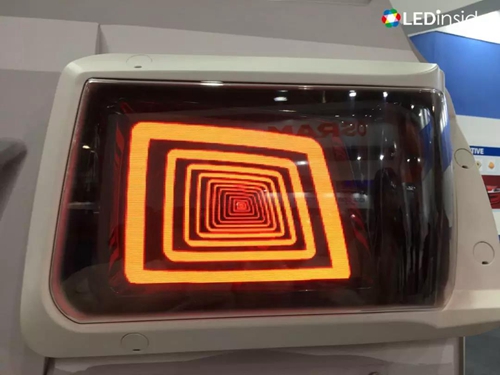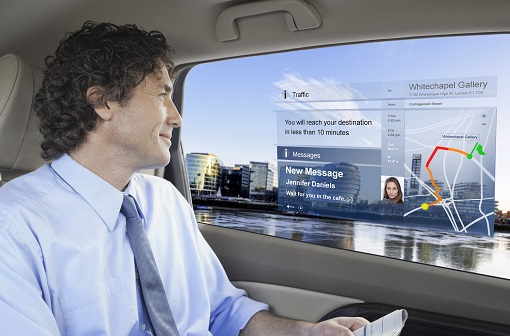Many LED producers have turned their focus to automotive applications for higher profit. The ongoing development of autonomous driving technology and next generation automobile also creates new requirements for automotive lighting as well as automotive displays, leading to new opportunities for LED makers.
Exterior lighting becomes even more important for driverless cars, as they need to pass information and communicate with each other as well as remind pedestrians of their movement. Deployment of advanced LED technology enables cars to provide details when they are about to turn or stop. For example, tail lights using Mini LED module can deliver personalized and diversified information. LED manufacturers including Everlight, Lite-On and Lextar have showcased their conceptual Mini LED tail light products at international shows since 2019.

On the other hand, matrix LED headlights are considered to be the trend following autonomous vehicle development. Each LED pixel integrated in the matrix LED headlights can be individually controlled for projecting images, signals and more to deliver information. Osram and Everlight, who is currently working closely with Hella, are both working on the technology.
In addition, current developing LED technologies such as Mini LED backlight and Micro LED also offer a wider range of applications for automotive displays. Head-up display (HUD) and transparent display deploying Micro LED for automotive applications are also focuses for LED films. SmartVIZ, a Micro LED display solution project established in April, 2019, gathered Osram and other specialists in the industry to develop transparent automotive Micro LED displays.

(Image: Osram)













